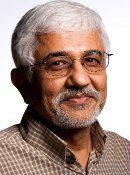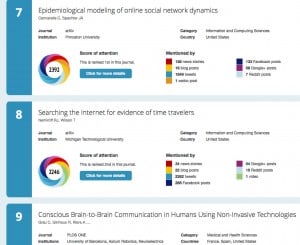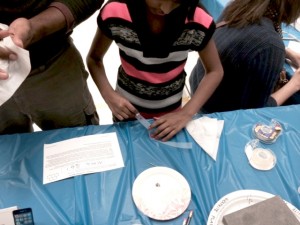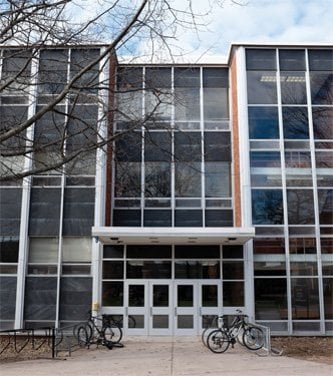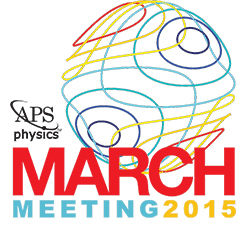 Members of the Department of Physics and alumni attended the 2015 Meeting of the American Physical Society (APS) on March 4-9 in San Antonio, Texas.
Members of the Department of Physics and alumni attended the 2015 Meeting of the American Physical Society (APS) on March 4-9 in San Antonio, Texas.
Attendees affiliated with Michigan Tech were alumni Saikat Mukhopadhyay (’12, now at Oak Ridge National Lab), Partha Pal (’11, now at Northwestern University), Subhasish Mandal (’12, now at Yale University), Pradeep Kumar (’13, now at University of Wisconsin–Madison), Xiaoliang Zhong (’13, now at Argonne National Lab), physics graduate students Gaoxue Wang and Kamal Dhungana, Prof. Ranjit Pati, and Chair of Physics Prof. Ravi Pandey.
The APS March Meeting 2015 had over 10,000 in attendance.
